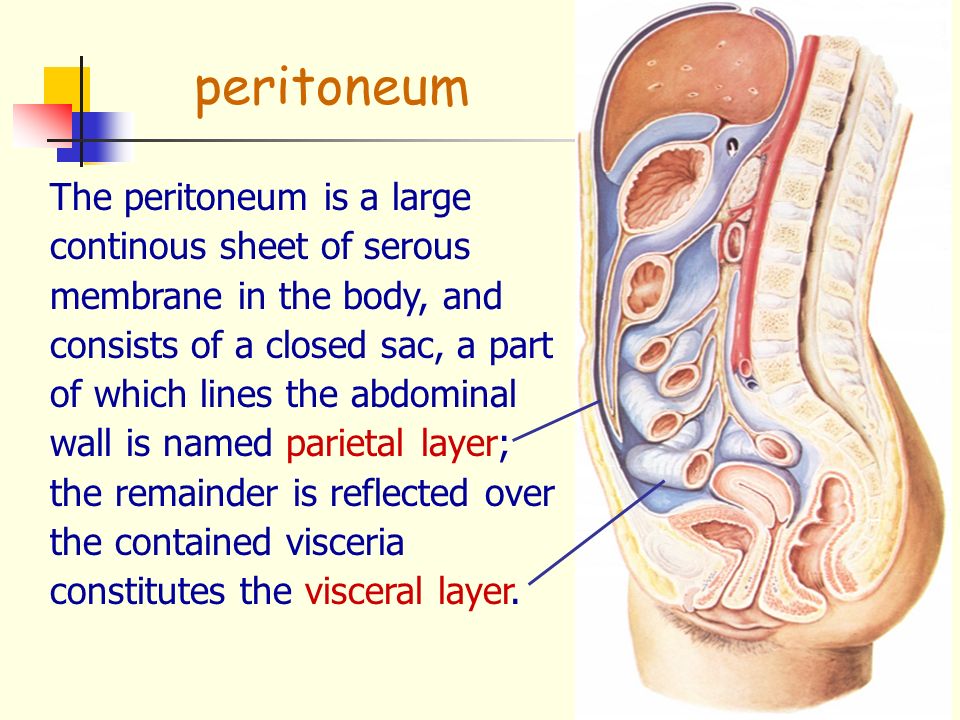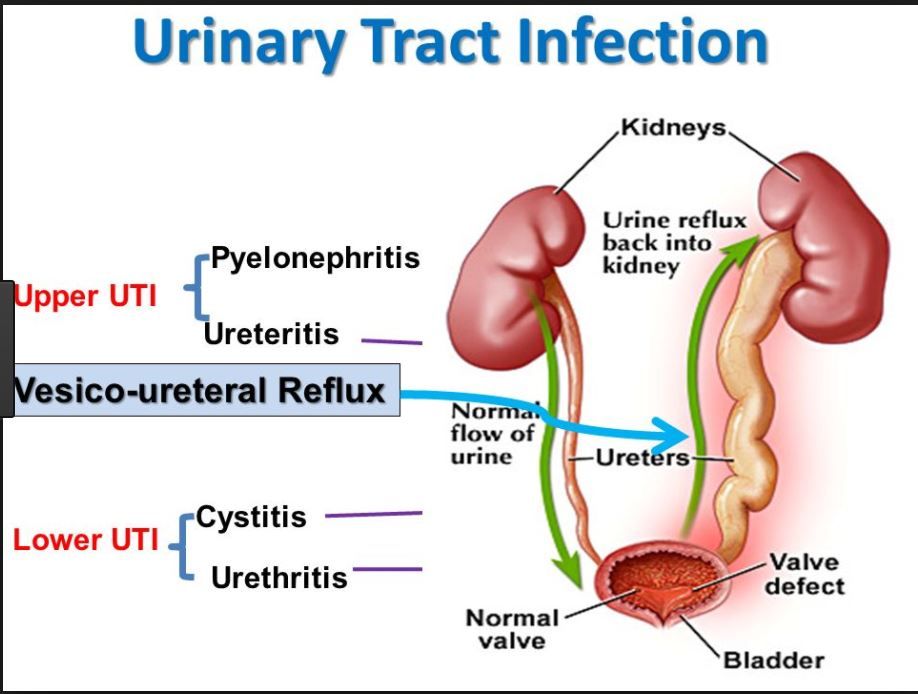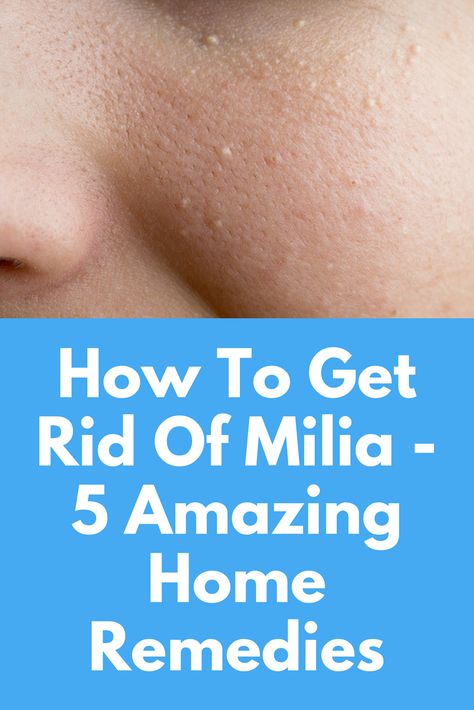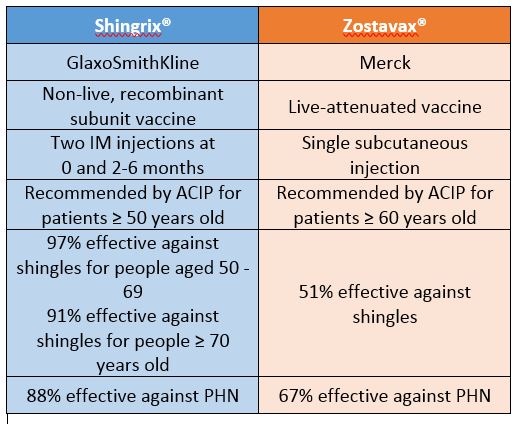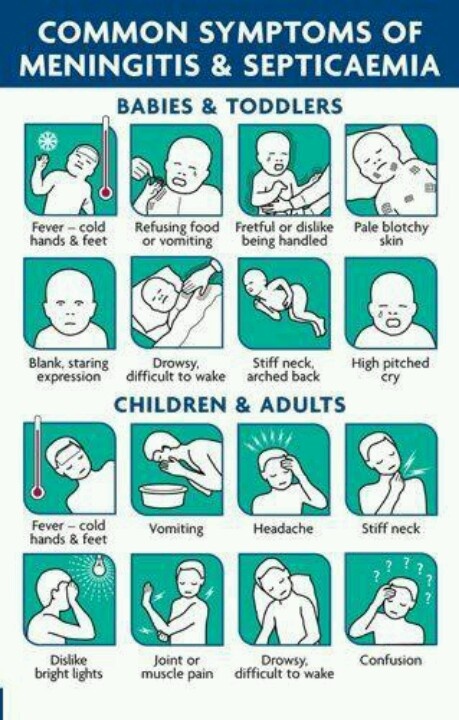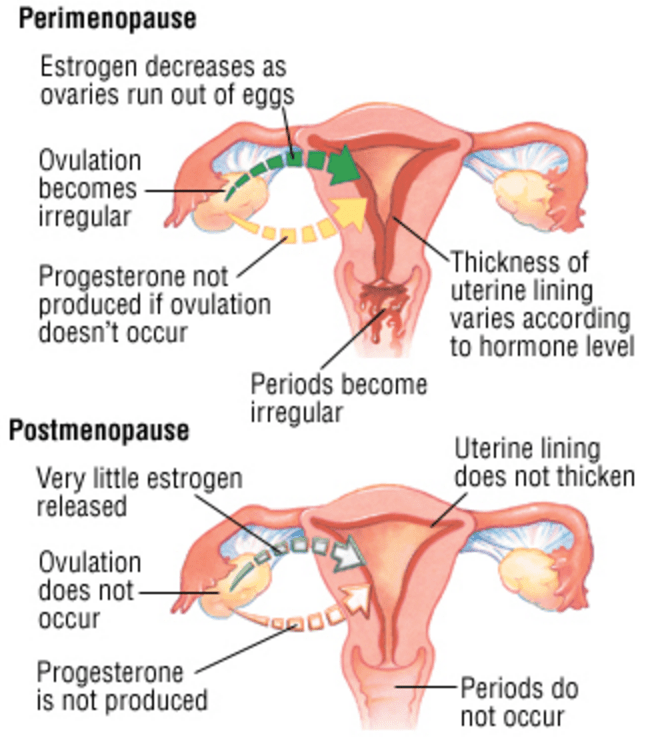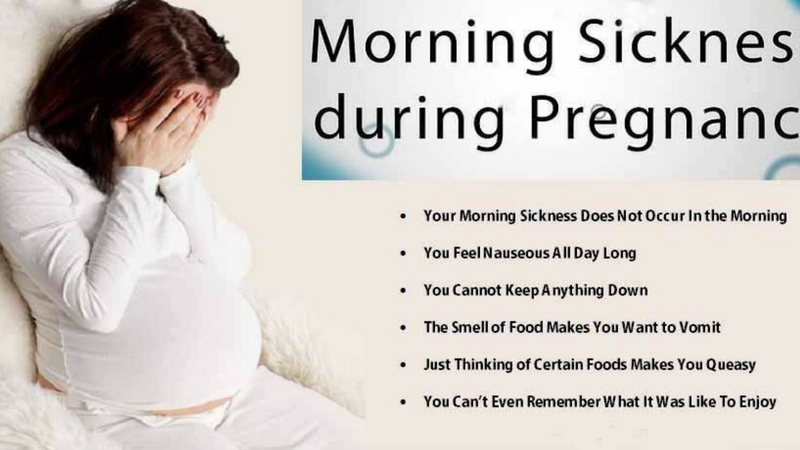What is strip the membranes in pregnancy
Purpose, Procedure, and What Happens After
I was pregnant with my son during one of the hottest summers on record. By the time the end of my third trimester rolled around, I was so swollen I could barely turn over in bed.
At the time, I worked in our local labor and delivery unit as a nurse, so I knew my doctor well. At one of my checkups, I begged her to do something to help spur my labor.
If only they would strip my membranes to induce labor, I reasoned, I could be out of my misery and meet my baby boy sooner.
Here’s a look at how effective membrane stripping is for inducing labor, plus the risks and benefits.
Stripping the membranes is a way to induce labor. It involves your doctor sweeping their (gloved) finger between the thin membranes of the amniotic sac in your uterus. It’s also known as a membrane sweep.
This motion helps separate the sac. It stimulates prostaglandins, compounds that act like hormones and can control certain processes in the body. One of these processes is — you guessed it — labor.
In some cases, your doctor can also gently stretch or massage the cervix to help it start to soften and dilate.
Your doctor may suggest trying a membrane stripping if:
- you’re near or past your due date
- there isn’t a pressing medical reason to induce labor with a faster method
You don’t need to do anything to prepare for a membrane stripping. The procedure can be done in your doctor’s office.
You’ll simply hop up on the exam table like at a normal checkup. The best thing you can do during the procedure is simply breathe through it and try to relax. Membrane stripping doesn’t take long. The entire procedure will be over in a few minutes.
Researchers on a study published in the Journal of Clinical Gynecology and Obstetrics (JCGO) didn’t find any increased risks for negative side effects in women undergoing membrane stripping.
Women who have their membrane swept aren’t more likely to have a cesarean delivery (commonly referred to as a C-section) or other complications.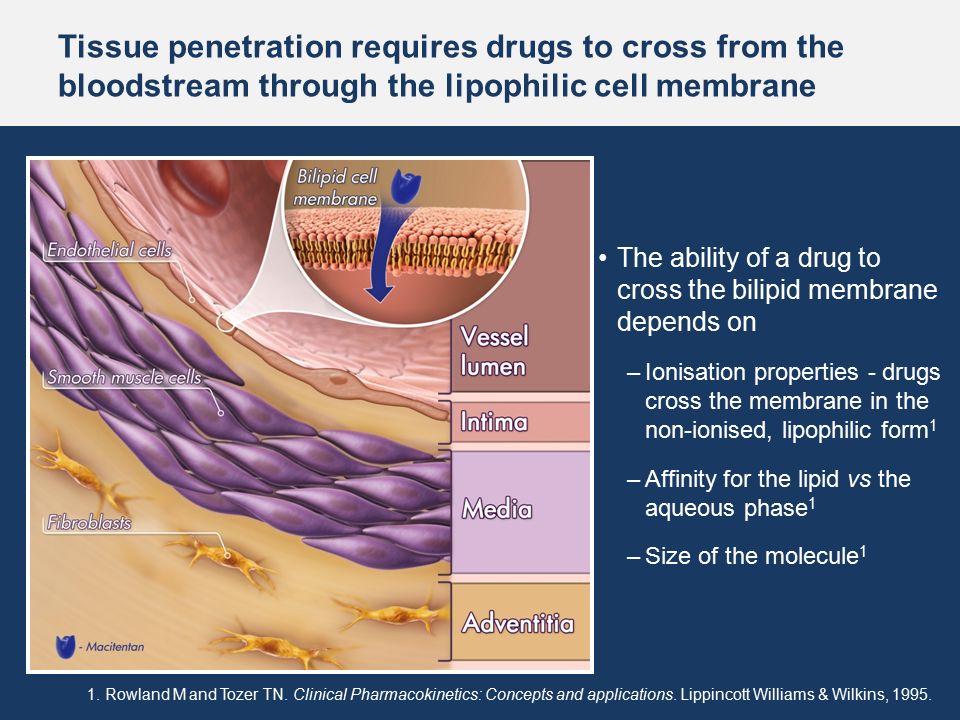
The study concluded that membrane stripping is safe and that, in most cases, women will only need to have the procedure one time for it to work.
Experts still question whether or not membrane stripping is really effective. A 2011 review of available studies concluded that the efficacy depends on how far along in pregnancy a woman is, and whether or not she uses other induction methods. It’s most effective if she doesn’t.
The JCGO study reported that after a membrane sweep, 90 percent of women delivered by 41 weeks compared to women who didn’t receive the membrane sweep. Of these, only 75 percent delivered by 41 weeks’ gestation. The goal is to stimulate labor and safely deliver before the pregnancy is beyond 41 weeks, and membrane stripping may occur as early as 39 weeks.
Membrane stripping might be most effective for women who are past their due dates. One study found that membrane sweeping could increase the likelihood of spontaneous labor within 48 hours.
Membrane stripping isn’t as effective as other types of induction, such as using medications. It’s generally only used in situations when there really isn’t a pressing medical reason to induce.
It’s generally only used in situations when there really isn’t a pressing medical reason to induce.
Advice from a nurse educator This procedure does cause some discomfort and should only be done by an experienced doctor. You may experience bleeding and cramping for a few days following the procedure. But if it works, it could save you from having your labor induced with medication.
Advice from a Nurse Educator
This procedure does cause some discomfort and should only be done by an experienced doctor. You may experience bleeding and cramping for a few days following the procedure. But if it works, it could save you from having your labor induced with medication.
The bottom line is you’ll need to balance your discomfort with other adverse effects.
— Debra Sullivan, PhD, MSN, RN, CNE, COI
To be honest, a membrane stripping isn’t a comfy experience. It can be uncomfortable to go through, and you may feel a bit sore afterward.
Your cervix is highly vascular, meaning it has a lot of blood vessels. You may also experience some light bleeding during and after the procedure, which is completely normal. However, if you’re experiencing a lot of bleeding or in a lot of pain, be sure to go to the hospital.
You may also experience some light bleeding during and after the procedure, which is completely normal. However, if you’re experiencing a lot of bleeding or in a lot of pain, be sure to go to the hospital.
Membrane stripping is most effective if a woman:
- is over 40 weeks in their pregnancy
- doesn’t use any other type of labor-inducing techniques
In those cases, the JCGO study found that women on average went into labor on their own about a week earlier than women who didn’t have their membranes swept.
If you’re reaching a stage in your pregnancy where you’re feeling miserable, talk to your doctor about the pros and cons of a membrane induction. Remember that unless there’s a medical concern, it’s usually best to let your pregnancy progress naturally.
But if you’re past your due date and you don’t have a high-risk pregnancy, a membrane stripping might be a very effective and safe way to help put you into labor naturally. And hey, it might be worth a shot, right?
Risks and effectiveness for inducing labor
Membrane stripping or sweeping can help induce labor in pregnant people near or past their due date. A doctor inserts their fingers into the cervix and sweeps between the thin membranes of the amniotic sac.
A doctor inserts their fingers into the cervix and sweeps between the thin membranes of the amniotic sac.
The amniotic sac is the thin-walled sac around the fetus. Membrane stripping or sweeping stimulates hormone and prostaglandin production, compounds that help induce labor.
This article covers the safety, efficacy and potential risks of membrane stripping.
Membrane stripping is usually safe in uncomplicated pregnancies.
However, there are minor risks associated with this technique. These include:
- mild discomfort during the procedure
- minor vaginal bleeding
- irregular contractions
Membrane stripping carries minimal risk, but it may not be suitable for everyone.
Who should not have membrane stripping?
A doctor is likely to decide against membrane stripping if it is unsafe for a person to deliver their baby vaginally. The following factors might also make the procedure unsuitable:
- prior cesarean delivery
- multiple births
- history of preterm delivery
- current bacterial cervical infection
- placenta previa, where the placenta covers the opening of the cervix
- active herpes infection
- vasa previa, a condition in which connective membranes cover the opening of the cervix
- severe fetal abnormalities
- Mullerian duct abnormalities
- abnormal fetal position
- structural pelvic abnormalities
- prior uterine rupture
In most cases, membrane stripping increases the likelihood of spontaneous labor, especially in the 7 days following the procedure.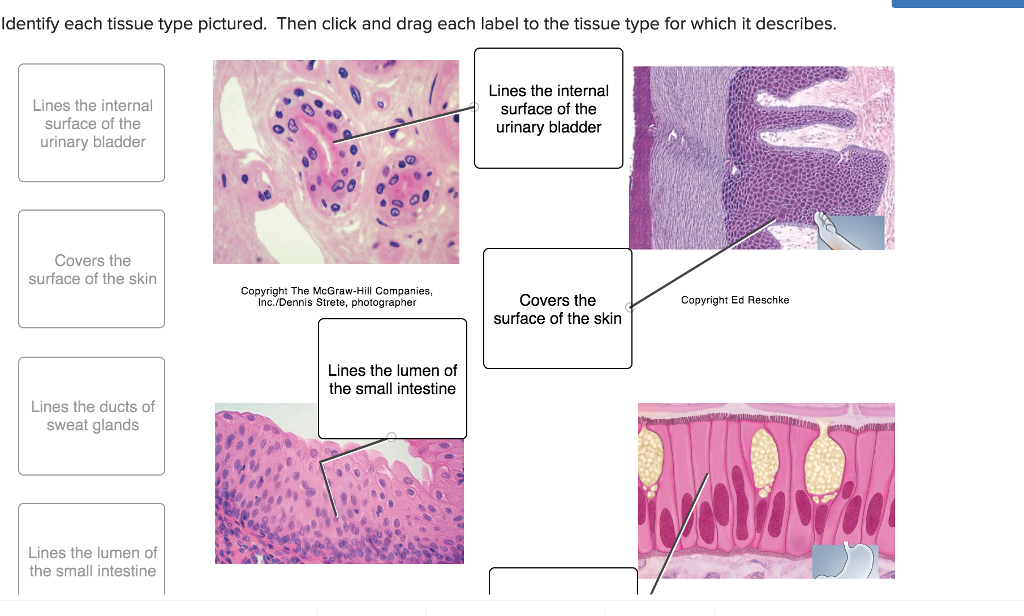 However, a 2020 research review found that membrane stripping does not typically lead to unassisted vaginal birth.
However, a 2020 research review found that membrane stripping does not typically lead to unassisted vaginal birth.
Researchers found 40 studies involving 6,548 women, comparing the rate of labor from membrane stripping versus no intervention. They concluded that membrane stripping can increase the likelihood of spontaneous labor by more than 20%.
Doctors usually only need to carry out the procedure once to induce labor successfully. However, some women may require multiple stripping procedures.
For example, a 2014 study of 800 women found that membrane stripping, in conjunction with other methods of induction:
- reduces the time between induction and labor
- increases the vaginal delivery rate
- lowers the need for oxytocin, a drug that induces labor
How painful is a membrane strip?
The procedure can be uncomfortable, and most women feel a bit of pain and tenderness afterward. Some women also experience minor bleeding.
It is essential to inform the doctor immediately if severe pain or bleeding occurs during or after the appointment.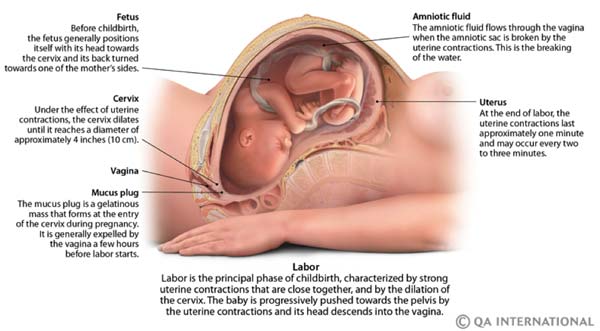
What should someone expect before and after a membrane strip?
Women do not generally need to prepare for membrane stripping, which the doctor will carry out as part of a regular examination.
The procedure usually takes place in a doctor’s office. The doctor may need to stimulate the cervix to dilate it, as membrane stripping will not be possible otherwise.
Membrane stripping s a nonsurgical intervention that can induce labor.
Doctors typically perform membrane stripping during the final few weeks of pregnancy, usually between 38 and 41 weeks of gestation.
Membrane stripping is a relatively safe procedure in uncomplicated pregnancies, and study results have shown that it can increase the likelihood of spontaneous labor.
what is the danger of the impact of dental disease on the fetus, when pain sharply appears and affects the early period
March 24, 2017
Reading time 9 minutes
Share
TEGS
Diseases of the oral cavity
Caries
Treatment of teeth
Prevention of cavity diseases
Prevention of dental caries
Prevention of dental diseases
Content:
- Factors caused by the Carican0026
- What is the danger of caries in pregnant women
- Methods for diagnosing caries in pregnancy
- Can x-rays and anesthesia be used
- Treatment at different periods
- How to relieve a toothache
- Preventive measures
- Summing up
Talking about whether caries is dangerous during pregnancy, pregnant women most often have no doubt that the disease negatively affects the baby.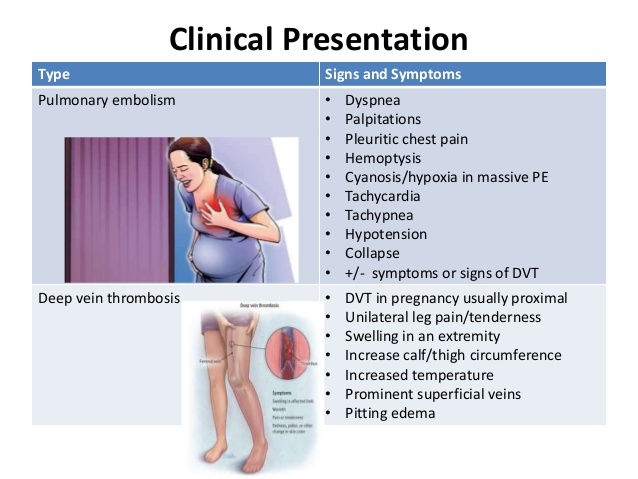 However, at the same time, expectant mothers consider medical intervention even more dangerous, so they often ignore unpleasant symptoms. If treatment is neglected, the disease can go into an advanced stage, when it is no longer possible to save the teeth, and the entire body is affected by harmful bacteria. Consider which diagnostic methods are the safest, and see how dentists solve the issue. nine0003
However, at the same time, expectant mothers consider medical intervention even more dangerous, so they often ignore unpleasant symptoms. If treatment is neglected, the disease can go into an advanced stage, when it is no longer possible to save the teeth, and the entire body is affected by harmful bacteria. Consider which diagnostic methods are the safest, and see how dentists solve the issue. nine0003
Causes of caries in pregnancy
Women bearing children experience carious lesions primarily due to exposure to acids produced by pathogens. There is a widespread belief that oral diseases occur when calcium and phosphorus are deficient, but this is not true.
Causes that provoke the problem.
-
Hormonal changes. The chemical composition of saliva changes, its protective properties decrease, and the processes of enamel remineralization slow down. It becomes the most vulnerable to pathogenic bacteria. nine0003
-
Poor hygiene care.
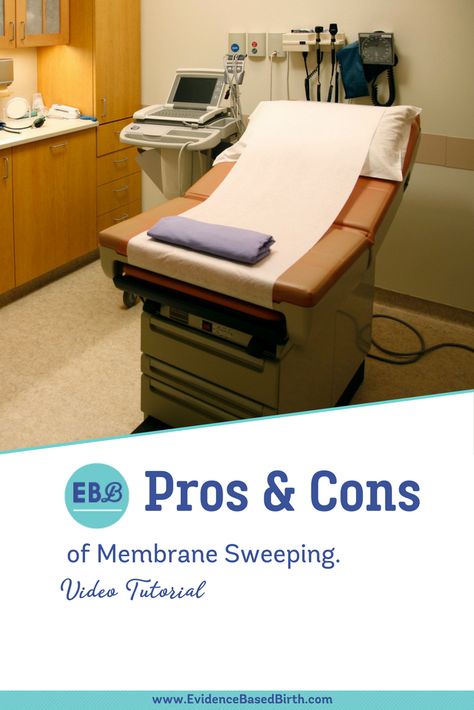 Expectant mothers, faced with such difficulties as toxicosis or increased fatigue, push hygiene into the background, which leads to the accumulation of dense plaque.
Expectant mothers, faced with such difficulties as toxicosis or increased fatigue, push hygiene into the background, which leads to the accumulation of dense plaque. -
Improper nutrition. The body does not receive the necessary minerals to maintain the health of dental units.
-
Passion for high-carbohydrate foods (sweets, starchy foods), sour, carbonated drinks containing sugar, contributes to the destruction of the enamel layer. nine0003
-
Frequent snacking between main meals. Because of this, the acid-base balance worsens.
-
Rare visits to the dental clinic. Some women consider the period of bearing a child very risky, they are afraid of harming the fetus, so they avoid visits to the doctor. They believe that it is better to endure minor pain than to allow medical intervention. If you do not get rid of the pathology at the initial stage, there may be serious consequences for the mother and baby in the womb.
 nine0003
nine0003
Share
Tags
Diseases of the RTA
Caries
Treat Treatment
Prevention of cavity diseases
Prevention of dental caries
Prevention of dental diseases
than caries in pregnant women
Pathological process is caused by active grace and excess bacteria Actinomyces Naeslundii. If they are present on the surface of incisors, canines and molars, microorganisms often enter the gastrointestinal tract and blood along with food during meals. The risk of increased uterine tone, opening of the cervical canal and destruction of the membranes increases. nine0003
Thus, any stage of the disease can lead to an unplanned premature delivery or miscarriage in the first trimester, if measures are not taken in time to eliminate the provoking factors and the teeth are not treated. It is important to stop the destructive activity of pathogens.
How the process affects a woman and a child
The bacterial flora from the pathological site spreads throughout the body.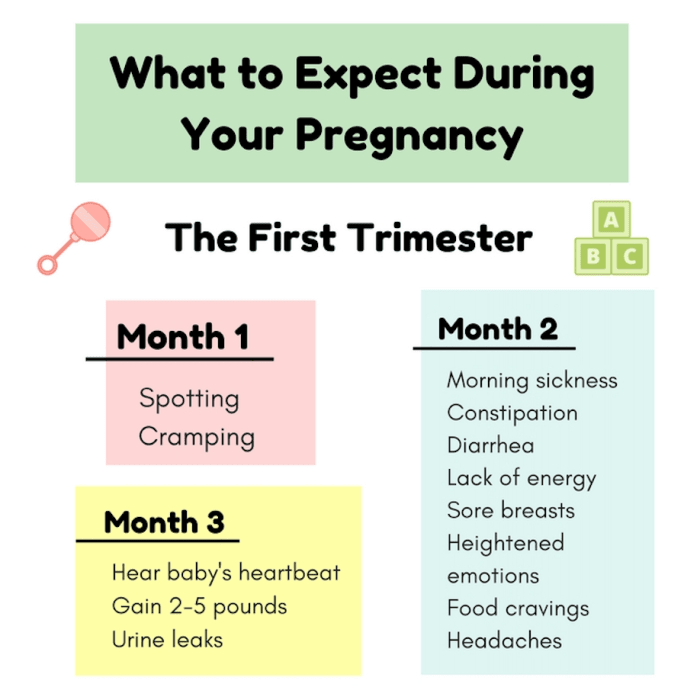 Pathogens penetrate into the general bloodstream and lead to a deterioration in well-being. The effect of caries during pregnancy on the fetus is expressed in its abnormal growth and development, the appearance of congenital anomalies. A baby can be born with various defects, lack of body weight. nine0003
Pathogens penetrate into the general bloodstream and lead to a deterioration in well-being. The effect of caries during pregnancy on the fetus is expressed in its abnormal growth and development, the appearance of congenital anomalies. A baby can be born with various defects, lack of body weight. nine0003
Advanced forms of the disease provoke pulpitis and periodontitis. The expectant mother develops characteristic symptoms:
-
temperature increase;
-
disorders of the digestive system;
-
the appearance or significant increase in the manifestations of toxicosis.
Toothache deserves special attention. This is a painful symptom that leads to psycho-emotional stress and, as a result, negatively affects the course of the gestational process in general and the well-being of the fetus in particular. nine0003
Possible complications
Uncomplicated and painless dental caries during early pregnancy does not have any effect on the expectant mother and child.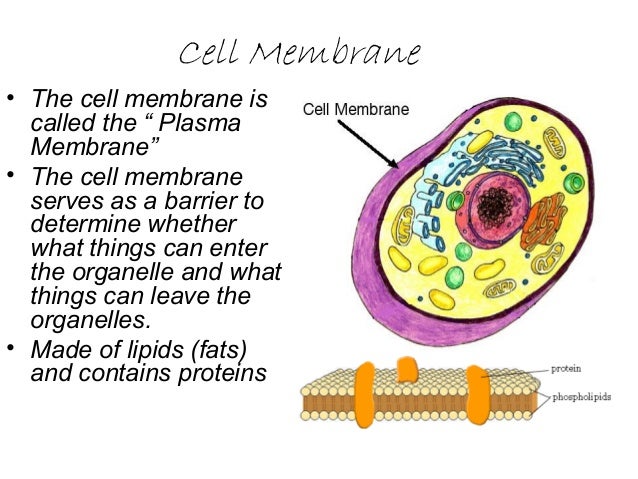 However, in the presence of pain, the quality of life of a woman significantly worsens, her emotional state is disturbed, and irritability occurs.
However, in the presence of pain, the quality of life of a woman significantly worsens, her emotional state is disturbed, and irritability occurs.
Since hard tissues are destroyed rather quickly, pulpitis or periodontitis often develops. In the absence of timely medical intervention, periostitis of one or both jaws, abscesses, sepsis, phlegmon and other consequences are not excluded. nine0003
When infectious-septic complications are observed, the risk of infecting the baby in utero increases significantly. Possible premature birth, endometritis, chorioamnionitis. Ignoring the problem leads to complete or partial destruction of the dental unit and requires its removal with subsequent prosthetics.
Methods for diagnosing caries during pregnancy
If there are characteristic symptoms, the problem is diagnosed without much difficulty. The main task of various studies is the search for hidden non-carious pathologies and the early detection of severe forms of carious lesions that require urgent medical intervention.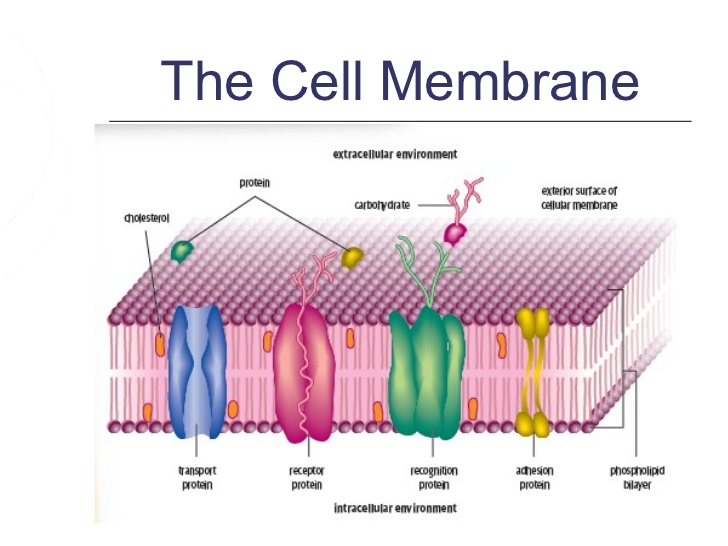 nine0003
nine0003
The most informative of the following diagnostic methods.
-
Examination of the oral cavity. Contrasting spots and dark holes are observed on the white surface. The doctor uses a dental mirror and probe, can apply specialized chemical solutions.
-
Electrodiagnostics. A great alternative to X-ray. Based on information about the strength of the electric current, the specialist calculates the depth of the hole. nine0003
-
Transillumination. Hard tissues are translucent with a cold light beam, which makes it possible to distinguish diseased structures from healthy ones.
-
Laser diagnostics. The dentist looks at how the beam is reflected, directed at the destroyed layers of enamel. A safe and informative method for examining even the most inaccessible areas.
At the initial stage, the pathology is differentiated from non-carious diseases. For example, with systemic hypoplasia, fluorosis, acid necrosis, chronic pulpitis. If necessary, the patient is referred for a consultation with a maxillofacial surgeon, periodontist and other specialists of a narrow profile. nine0003
If necessary, the patient is referred for a consultation with a maxillofacial surgeon, periodontist and other specialists of a narrow profile. nine0003
Is it possible to use x-rays and anesthesia
Does radiation affect pregnancy in case of caries, how to protect the baby in the womb from harmful effects? Sometimes in the process of therapy, this method cannot be dispensed with, however, during gestation, it is contraindicated. In rare cases, exceptions are possible, but doctors still try not to apply to them.
Modern equipment used in the Dentika clinic provides minimal radiation doses when using special sensors. If the dentist nevertheless decided to carry out the procedure, a special lead apron is put on the pregnant woman, protecting the little person inside. And even with such protective measures, such a diagnosis is categorically not recommended. nine0003
As far as anesthesia is concerned, everyone is more loyal here. In the gestational period, local agents are welcome (external gels and ointments, injections into the gums).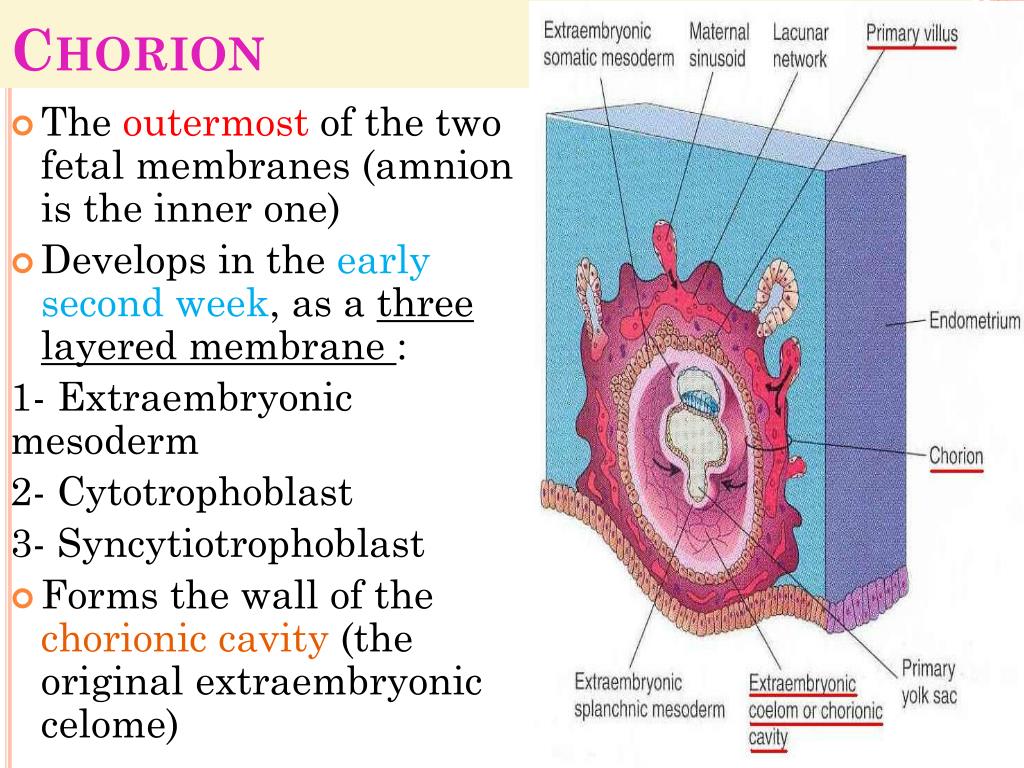 They are shown no earlier than 14 weeks, that is, at the end of the process of formation of the placenta, which protects the child from external factors.
They are shown no earlier than 14 weeks, that is, at the end of the process of formation of the placenta, which protects the child from external factors.
Treatment at different periods
Having figured out the dangers of caries during pregnancy in mild and severe stages, it becomes obvious that high-quality and timely therapy is indispensable. Most dentists advise to urgently heal the teeth when the primary symptoms appear. nine0003
Unfortunately, in an "interesting situation" the use of far from all medications is acceptable. For this reason, the therapeutic regimen should be developed exclusively by a doctor, taking into account the clinical picture, the patient's condition, her medical history and other prerequisites.
How caries is treated in the first trimester
This is the most unfavorable time for any medical manipulations. The embryo is still very small, the placenta does not protect it, it is vulnerable to external factors, including mother's diseases.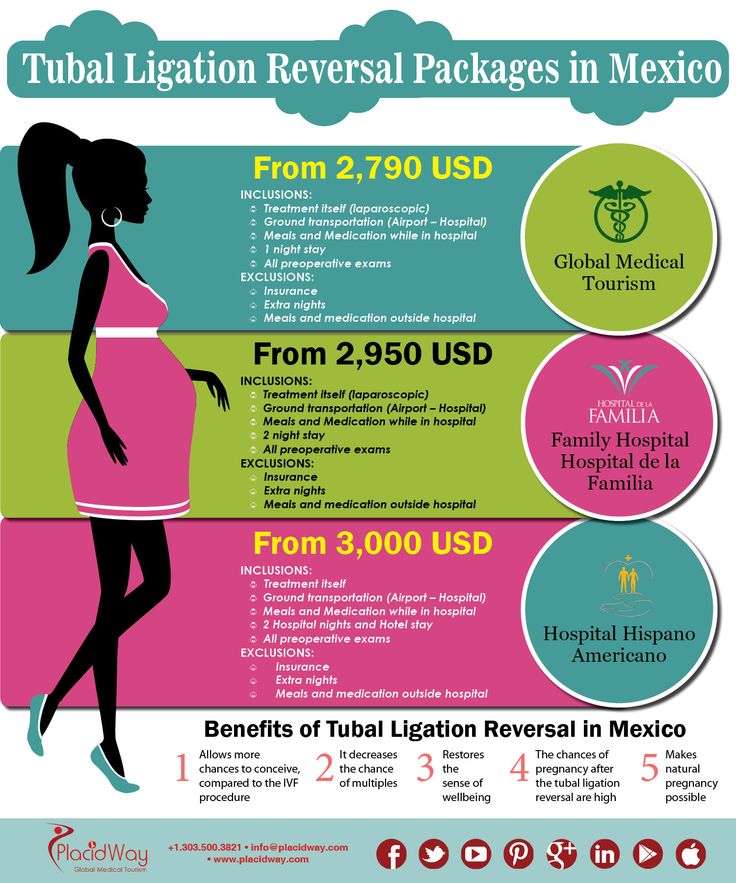 Obstetricians-gynecologists distinguish 2 main stages:
Obstetricians-gynecologists distinguish 2 main stages:
-
From the moment of fertilization to the 3rd gestational week. The baby is sensitive to chemicals and toxins, any therapeutic measures can cause a miscarriage.
-
Three weeks or more. The internal organs and systems of a person are formed. A woman is tormented by toxicosis, heartburn appears, problems with digestive function. Medicines have a bad effect on the development of embryonic structures.
It is better to postpone all activities for a few months. However, if the process is started, severe inflammation occurs, a steady increase in body temperature and pain are observed, the dentist decides on urgent treatment in the most gentle ways, comparing the benefits and possible risks. nine0003
How caries is treated in the second trimester
The chance of a negative effect on pregnancy is reduced. The expectant mother should carefully monitor the condition of her oral cavity, exercise daily hygiene and follow preventive measures.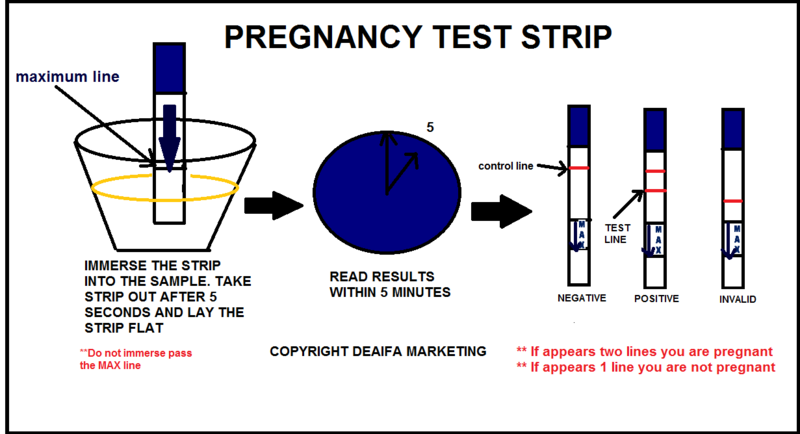
If carious darkening is detected in the initial stages, experts recommend remineralizing therapy. Affected tissues are cleaned of plaque and other deposits, and then covered with special compounds. In this case, a drill is not involved, no need to apply local anesthesia, the woman does not have any discomfort. Subsequently, it is necessary to pay special attention to care procedures and prevent the growth of the affected area. nine0003
In advanced cases, filling is performed. Pathological areas are removed, the hole is sealed with composite, ceramic and other materials.
When choosing anesthetics, antibiotics and analgesics, their toxicity is taken into account. In general, the so-called equator of pregnancy is considered the safest time to intervene.
How to treat caries in the third trimester
At the final stage of the gestational process, the baby gains weight very quickly. It presses on the mother's vena cava, which leads to jumps in blood pressure, fainting, and a change in heart rate.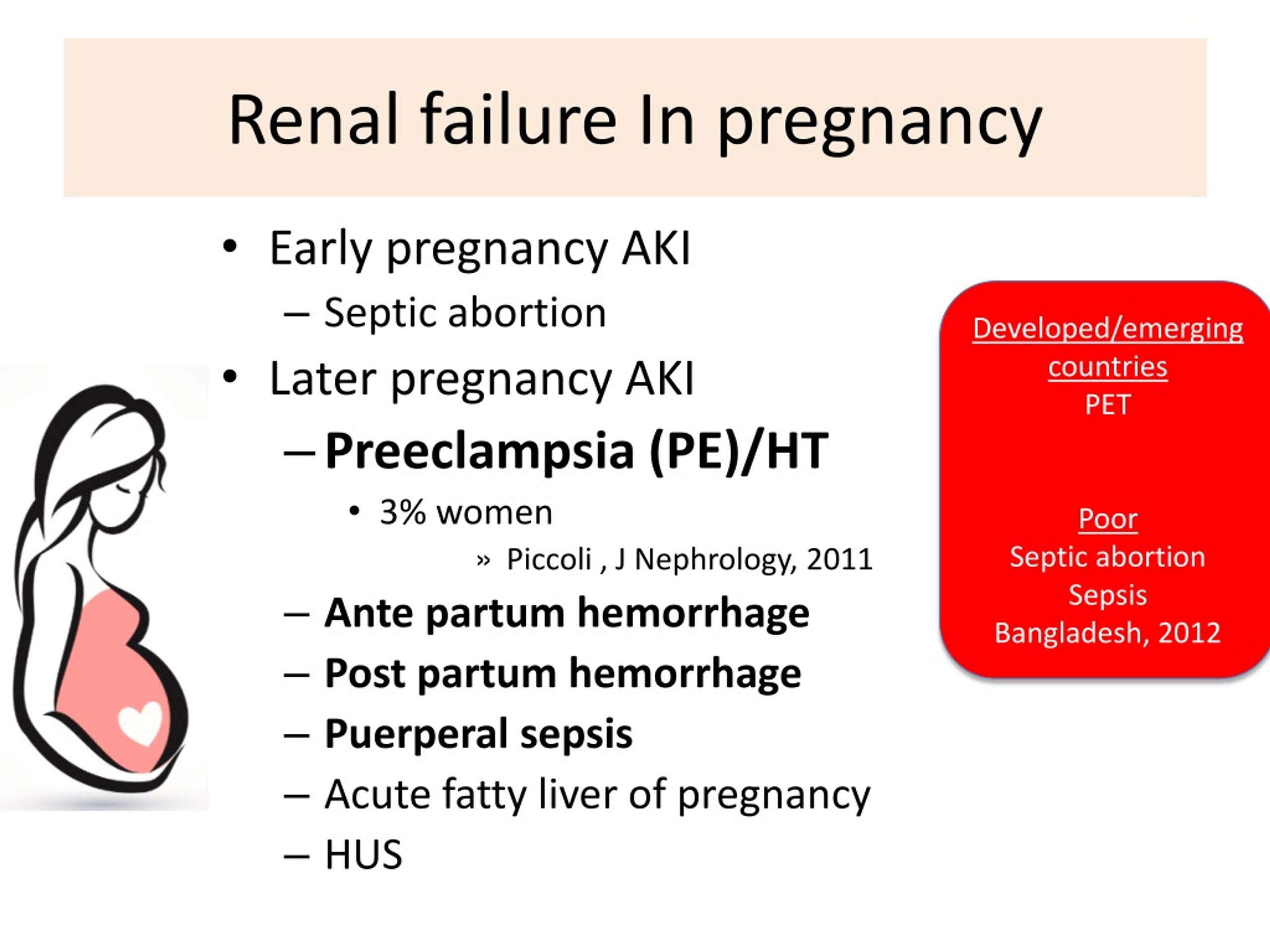 nine0003
nine0003
Before giving birth, a woman should not be in a semi-recumbent position for a long time, which also makes therapy almost impossible. By themselves, dental diseases do not affect the fetus in any way, however, the use of certain drugs has an irritating effect on the mucous membranes and the entire body as a whole, and can lead to premature delivery.
When a doctor performs certain manipulations, the expectant mother gets very tired, overtired, and feels fear. This often provokes increased uterine contractions and organ tone. nine0003
Treatment is indispensable if observed:
-
inflammatory process;
-
large affected area;
-
pain that cannot be eliminated by rinsing with herbal decoctions and other sparing methods;
-
steady rise in temperature.
This condition is not the best way to affect the health of the patient and the fetus. The clinic should ensure the most comfortable position of the woman's body, so that the child does not press its weight on the vessels (aorta and vena cava) of the future woman in labor.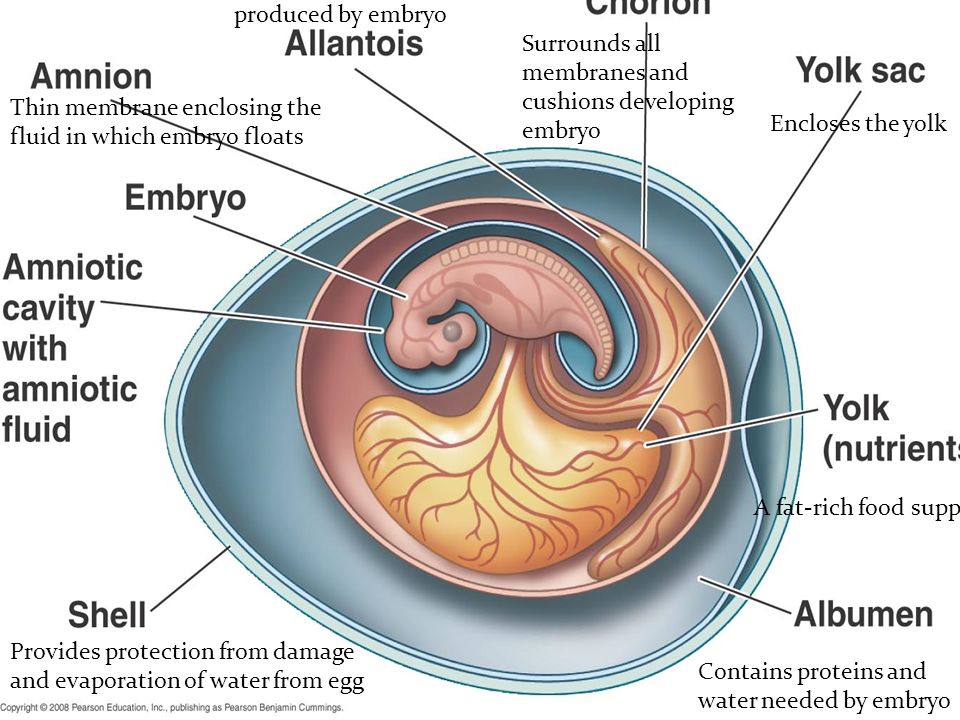 nine0003
nine0003
Radical measures (extraction, implantation, prosthetics) are taken after the birth of children. The presence of dental diseases is not an obstacle to natural childbirth. Caesarean section is indicated for obstetric indications not related to the oral cavity.
How to relieve a toothache
If caries causes pain during pregnancy, it is important to visit the clinic as soon as possible. When this cannot be done immediately, it is worth eliminating or at least alleviating unpleasant symptoms in safe ways. A Few Effective Home Methods:
-
rinsing the mouth with soda or saline, herbal decoctions;
-
applying garlic gruel wrapped in gauze to the wrists;
-
holding a small piece of fat behind the cheek from the side of the sick unit;
-
aloe leaf applied to the site of inflammation;
-
psyllium juice applied to soft tissues. nine0003
From the second trimester, the use of pharmaceutical preparations is acceptable.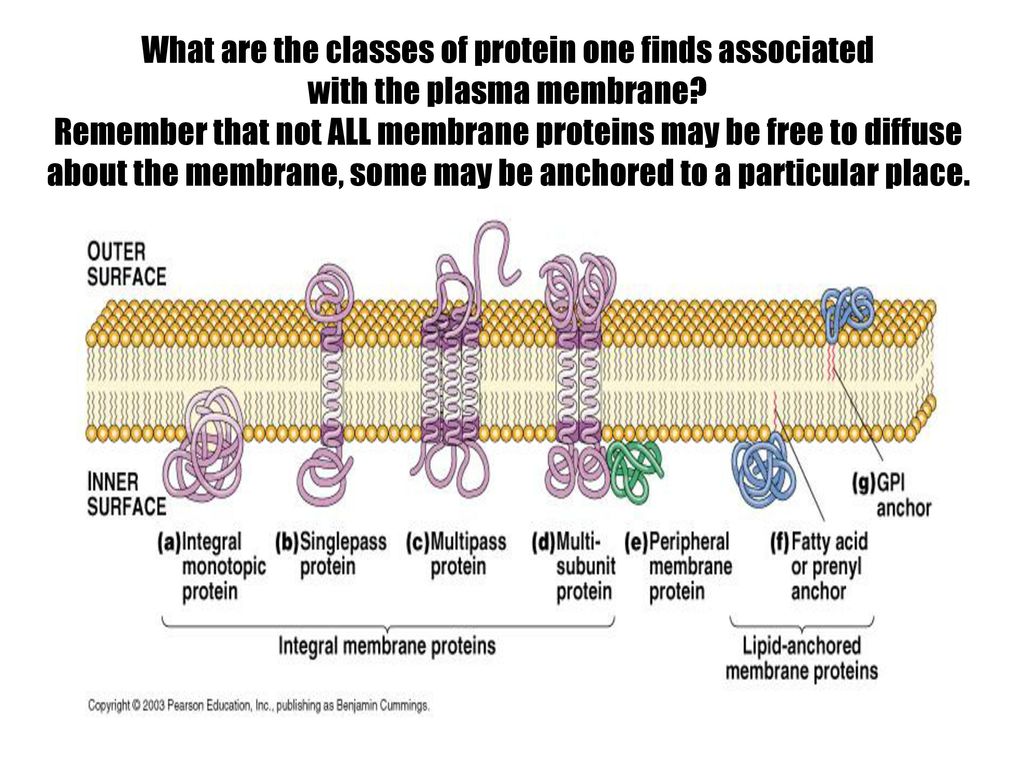 For example, Paracetamol, Kalgel, No-shpa (Drotaverine), Tempalgin show high efficiency.
For example, Paracetamol, Kalgel, No-shpa (Drotaverine), Tempalgin show high efficiency.
But before taking any kind of remedies (including folk remedies), you should consult your doctor. Dentiki specialists will compare the benefits and possible harm from the use of medicines, calculate the exact dosages that are safe for the expectant mother and baby, and give other tips on how to prevent negative consequences. nine0003
Preventive measures
The risk of caries during pregnancy is significantly reduced if simple rules are followed.
-
Treat all oral diseases during the planning period. Holes in the teeth must be properly sealed.
-
Clean at least twice a day. It is better to do this after each meal (you can use a special rinse).
nine0025 -
When vomiting from early toxicosis in the first trimester, you do not need to immediately run for a brush.
 It is recommended to rinse your mouth with clean water, wait about half an hour and only then clean the dental units. Otherwise, enamel wear will occur.
It is recommended to rinse your mouth with clean water, wait about half an hour and only then clean the dental units. Otherwise, enamel wear will occur. -
Try to eat right so that the body receives a sufficient amount of vitamins, minerals and other valuable components, without which it is impossible to maintain oral health. Deficiency of essential elements also leads to pathologies of growth and development of the fetus. nine0003
-
Stop snacking. It is better to eat tightly, rinse out food particles or clean them in any convenient way.
-
Visit the dentist in a timely manner. Treatment of caries during pregnancy at the stain stage is quite quick and painless. If you start the pathological process, you will have to resort to serious methods that are dangerous for the baby in the womb.
Pay special attention to the removal of food residues in the interdental spaces using floss (floss), irrigator, ordinary toothpick.
Let's summarize
If a carious lesion is detected during the gestation period, you should not be afraid of dental intervention.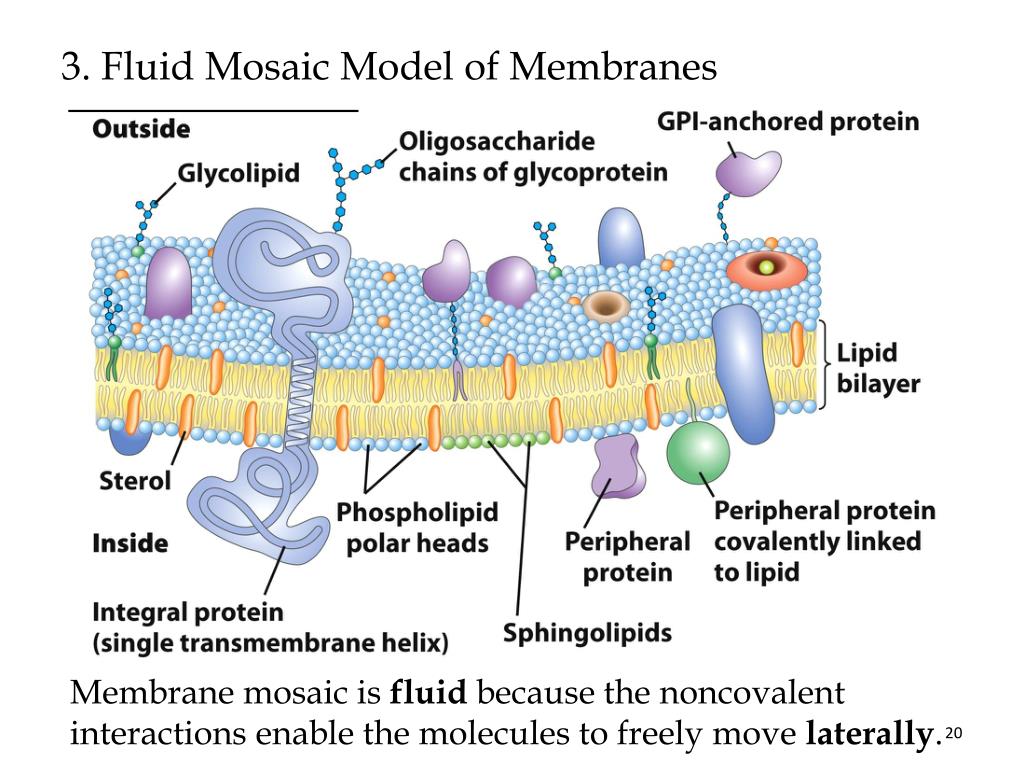 Ignoring the problem often leads to the destruction of dental units and their loss. The risk of negative effects on the fetus, premature birth and miscarriage increases. However, not everything is so scary if you turn to a specialist at the initial uncomplicated stages of the pathology.
Ignoring the problem often leads to the destruction of dental units and their loss. The risk of negative effects on the fetus, premature birth and miscarriage increases. However, not everything is so scary if you turn to a specialist at the initial uncomplicated stages of the pathology.
To the question whether it is possible to treat caries during pregnancy for both early and late pregnancy, doctors give an unequivocal answer - this is a necessary measure to prevent serious complications. Therapeutic and diagnostic methods used in different trimesters may differ slightly. nine0003
Sore throat during pregnancy
What to do if the mother-to-be gets sick? Consider acceptable methods of treating a sore throat during pregnancy.
The appearance of sore throat, perspiration during the period of bearing a baby often causes a lot of unrest in expectant mothers. This is not at all surprising, because any infection suffered by a woman during pregnancy can adversely affect the development of the fetus in the womb.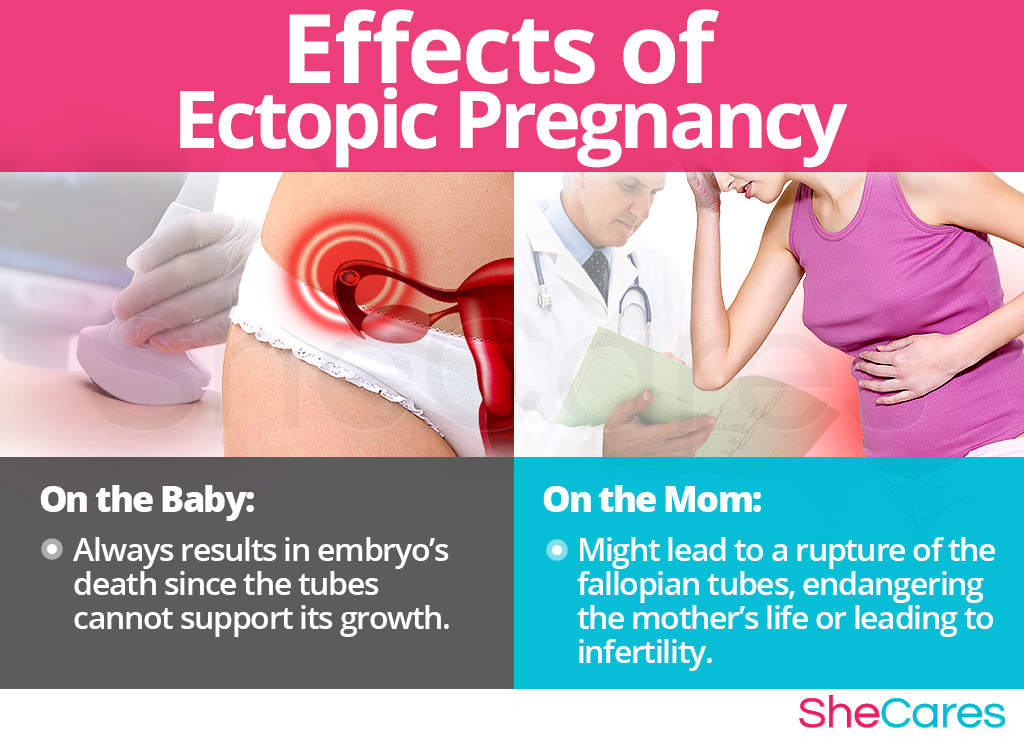 Why do sore throats occur during pregnancy? Consider the most likely reasons. nine0003
Why do sore throats occur during pregnancy? Consider the most likely reasons. nine0003
Causes of sore throat
The main cause of discomfort and sore throat during pregnancy is bacterial or viral flora on the mucous membrane of the nasopharynx or exacerbation of existing chronic diseases. Sometimes perspiration can be observed against the background of problems with the stomach, when the contents of the stomach are thrown into the oropharynx. Very rarely, the cause of pain when swallowing can be a foreign body.
If, in addition to a sore throat, you also have an elevated body temperature and swelling of the mucous membrane of the pharynx, then most likely that you develop acute inflamed process. This condition requires a woman to immediately consult a doctor, because many pathogenic microorganisms can freely penetrate the placental barrier, thereby causing developmental abnormalities in the baby. No need to try to treat a sore throat on your own at home, or even worse, ask for recommendations about treatment at the nearest pharmacy.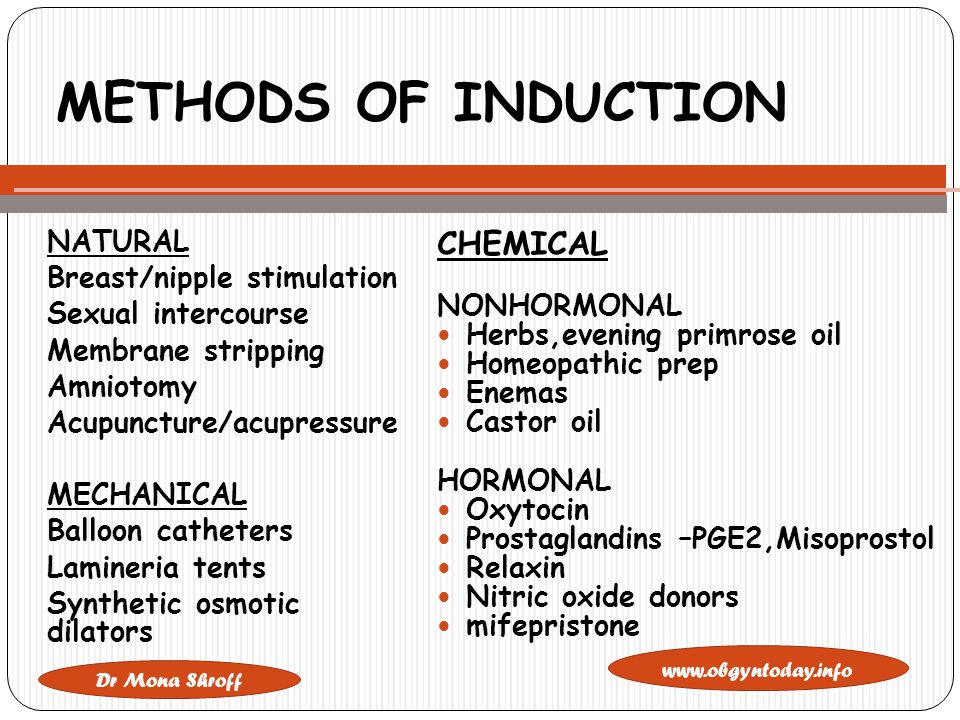 Only the gynecologist leading the pregnancy can prescribe the drug that is most safe for the fetus in the womb, and, if necessary, refer to other specialists. nine0003
Only the gynecologist leading the pregnancy can prescribe the drug that is most safe for the fetus in the womb, and, if necessary, refer to other specialists. nine0003
First aid for sore throat
During pregnancy, it is especially important not to start the disease and to eliminate all its clinical signs at the initial stage. So, if you feel a sore throat, not very pronounced pain when swallowing and discomfort while eating, but the body temperature remains within the normal range, then you can try alternative methods of treatment and local antiseptics.
Excellent help at the initial stage of a sore throat inhalation with the addition of a decoction of sage or chamomile. These medicinal plants have a pronounced anti-inflammatory and antibacterial effect and do not cause any side effects on the fetus growing in the womb. nine0003
Raspberries, cranberries and cranberries are natural antibiotics. For sore throats, warm raspberry tea or freshly prepared lingonberry and cranberry juice helps well.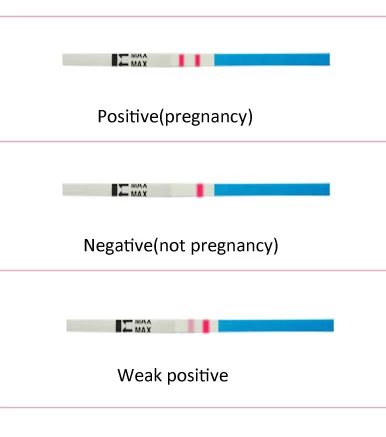 Perfectly relieve pain, perspiration and swelling of the mucous membrane of the pharynx, gargling with infusions of medicinal plants (oak bark, chamomile, sage).
Perfectly relieve pain, perspiration and swelling of the mucous membrane of the pharynx, gargling with infusions of medicinal plants (oak bark, chamomile, sage).
In addition to the traditional treatment of sore throats during pregnancy, try to avoid eating too hot or cold food and liquids. Compliance with a certain temperature regime is necessary so as not to additionally injure the inflamed mucous membrane of the pharynx. As a rule, if treatment with folk remedies was started immediately, then the mucous membrane of the pharynx is restored after 2-3 days. nine0003
Folk remedies
Milk with honey
Sore throats accompanied by difficulty in swallowing are very well helped by warm milk with honey. It is better to drink such a drink before going to bed and immediately cover yourself with a warm blanket. Until the morning, the pain in the throat will be almost imperceptible. In addition, warm milk with honey has a calming effect on the nervous system and helps the expectant mother fall asleep quickly.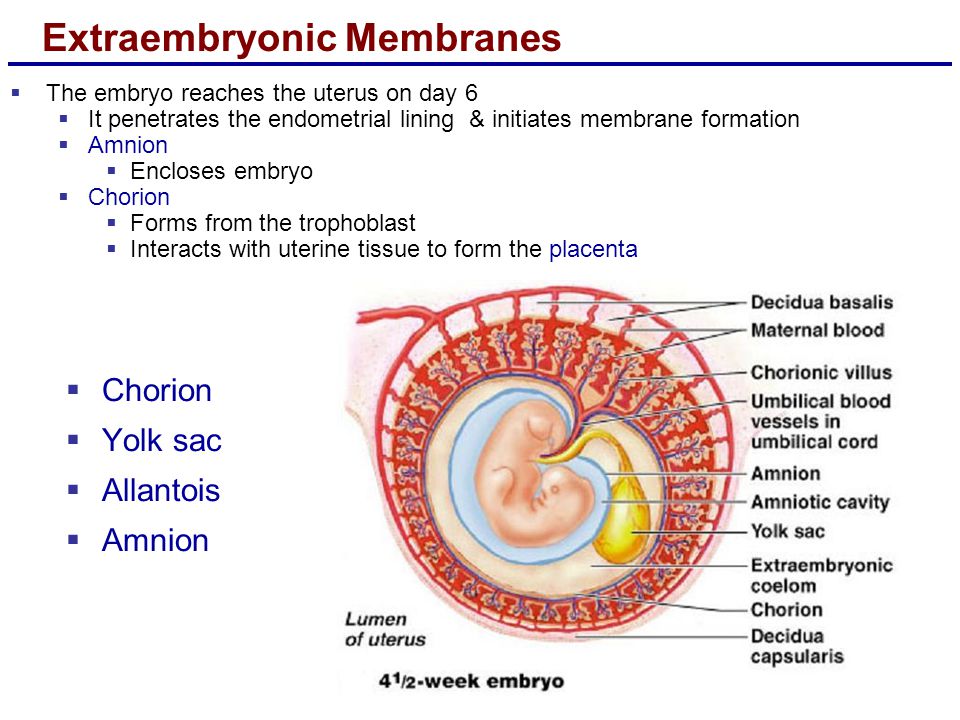
Chamomile
Chamomile is a very effective folk remedy for the first symptoms of pharyngitis, tonsillitis. This plant has strong anti-inflammatory and antibacterial properties. To prepare herbal infusion, add 1 tablespoon of chamomile flowers to 1 liter of hot water. Put this mixture in a water bath and boil for 15 minutes, then strain and pour into a thermos. Use a warm infusion for gargling. Sage grass and oak bark have similar properties. nine0003
Prevention of viral infections during pregnancy
To prevent diseases during pregnancy, it is often recommended to spend time in the fresh air, eat right and fully, and also avoid crowded places. In the apartment, ventilate the room more often, maintain the optimum temperature regime - 22 degrees, air humidity in the room - 70-80%. Daily wet cleaning.
To prevent vitamin C deficiency during pregnancy, you can drink rosehip broth, cranberry fruit drinks. Thus, you not only maintain your immunity, but also strengthen blood vessels. nine0003
nine0003
Essential oils are an excellent way to prevent many viral diseases. Only gynecologists do not recommend the use of aromatherapy in the first 12 weeks of pregnancy. Oils such as fir, eucalyptus, lemon, orange, grapefruit have a pronounced antiseptic effect. You can add 3-4 drops to a container of water and place near heating appliances or drip into an aroma lamp.
Consequences of a sore throat for an expectant mother
No matter how sad it may sound, in most cases we take our health very lightly. It is especially sad when pregnant women do not monitor their health. After all, they are responsible not only for themselves, but also for the baby growing in the stomach. When the first symptoms of the disease occur, including sore throat, the expectant mother should be aware of the possible consequences if treatment is not started in a timely manner. For example, bacterial throat infections left untreated during pregnancy can lead to threatened miscarriage or premature birth. It is unlikely that a sane expectant mother would risk the life of her baby like that simply because there was no time and desire to see a doctor. nine0003
It is unlikely that a sane expectant mother would risk the life of her baby like that simply because there was no time and desire to see a doctor. nine0003
Drug treatment of a sore throat during pregnancy
What should I do if local antiseptics are ineffective or the woman has already started the inflammatory process? First of all, you should immediately consult a doctor, and not self-medicate at home. Delay can lead to the progression of the inflammatory process, which can result in severe tonsillitis. With the development of complications of inflammation of the pharynx, with streptococcal infection, antibiotics are often necessary, you should not worry about this, since antibiotics are always prescribed, which are allowed during pregnancy and cannot harm the health of the baby in the womb. nine0003
Antiseptics in the form of sprays or lozenges for resorption can reduce sore throat and relieve inflammation of the mucous membrane. They have proven absolute safety for pregnant women and the baby in the womb.![]() What drugs, your gynecologist will advise you.
What drugs, your gynecologist will advise you.
If white plaque or purulent plugs appear on the tonsils, do not wash the plaque or squeeze out the plugs on your own, you should immediately consult a doctor.
What can I take if I have a high temperature?
Pregnancy is a burden for a woman's body, many body systems are being restructured, first of all, the immune system is suppressed. Due to a decrease in immunity in the future mother, viral infections and colds are often observed. For sore throats, as mentioned above, some medicinal plants, essential oils and antiseptic solutions help well. But what should a pregnant woman do if an increase in body temperature is added to the general symptoms of a viral infection? After all, many drugs can not be taken during the period of bearing a baby, so as not to expose the fetus to unjustified risk. So, consider what to do if the disease progresses. nine0003
First of all, if the pain in the throat is accompanied by increased body temperature, put aside all your affairs and call the consultation to call the doctor at home.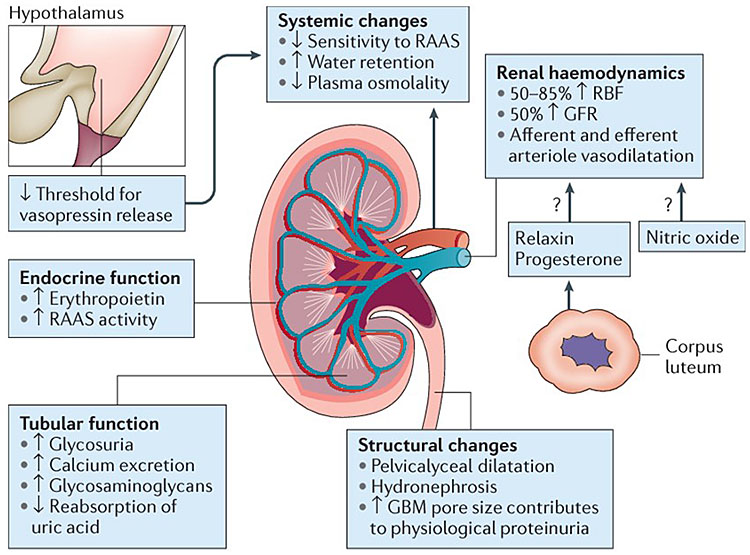 Now you absolutely do not need to go to the clinic on your own, wait in line for an appointment and put your child at risk.
Now you absolutely do not need to go to the clinic on your own, wait in line for an appointment and put your child at risk.
Drugs such as analgin, ibuprofen, coldrex, antigrippin, acetylsalicylic acid are strictly contraindicated during the period of bearing a child, regardless of the duration of pregnancy! Such drugs not only adversely affect the overall development of the fetus, but can also provoke uterine bleeding in the mother and impaired placental circulation. nine0003
Paracetamol is a relatively safe drug for reducing fever during pregnancy. It is allowed at any stage of pregnancy, but not more than 2000 mg per day. Paracetamol and its analogues not only reduce body temperature, but also relieve muscle aches, headaches and malaise.
However, it is very important not to bring down the body temperature if the thermometer does not exceed 38 degrees. It is with an increase in body temperature above this mark that the body begins to actively produce interferon, a substance that fights viruses and strengthens the immune system.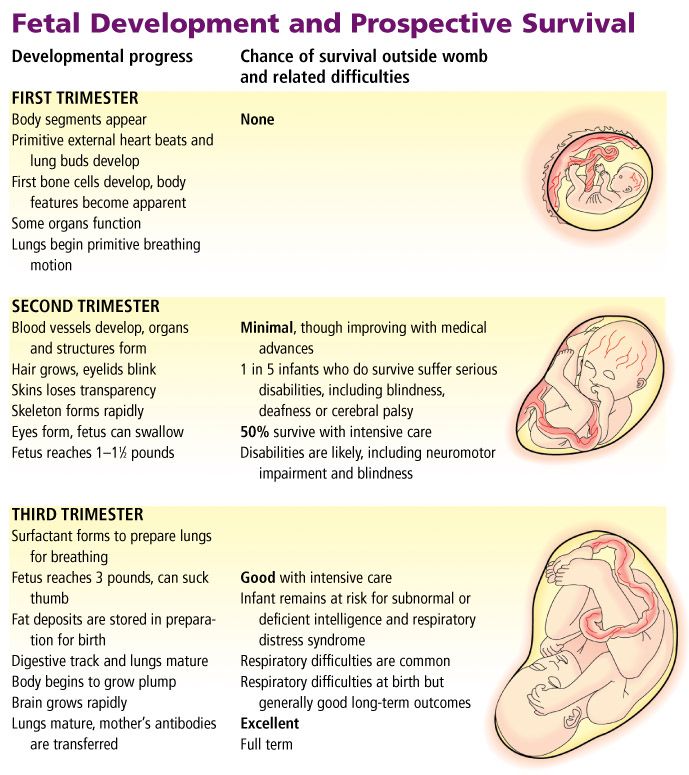 nine0003
nine0003
A cold compress can be applied to the forehead to reduce the fever somewhat. This procedure helps to more easily endure elevated body temperature and relieves headaches a little. For such a compress, a gauze bandage is moistened in cold water, squeezed out and applied to the forehead. As the compress heats up, the gauze is moistened again. Instead of a moistened handkerchief, you can use an ice pack, but first you need to wrap it in several layers of fabric so as not to cause frostbite on the skin. nine0003
To reduce elevated body temperature, cold compresses can be applied to the main blood vessels (popliteal arteries, inguinal arteries, elbows).
If the body temperature of a pregnant woman does not exceed 37.5 degrees, it is highly recommended to drink hot linden tea. Linden has a diaphoretic effect and lowers body temperature. The main thing - do not forget about drinking plenty of water, this is 2.0-2.5 liters of fluid per day.
Remember that at the slightest symptoms of illness, it is best to see a doctor right away.